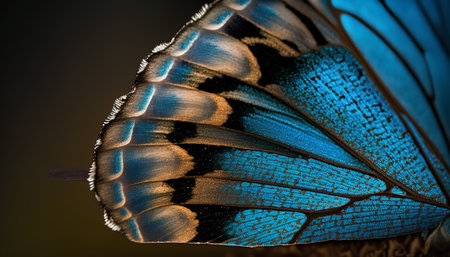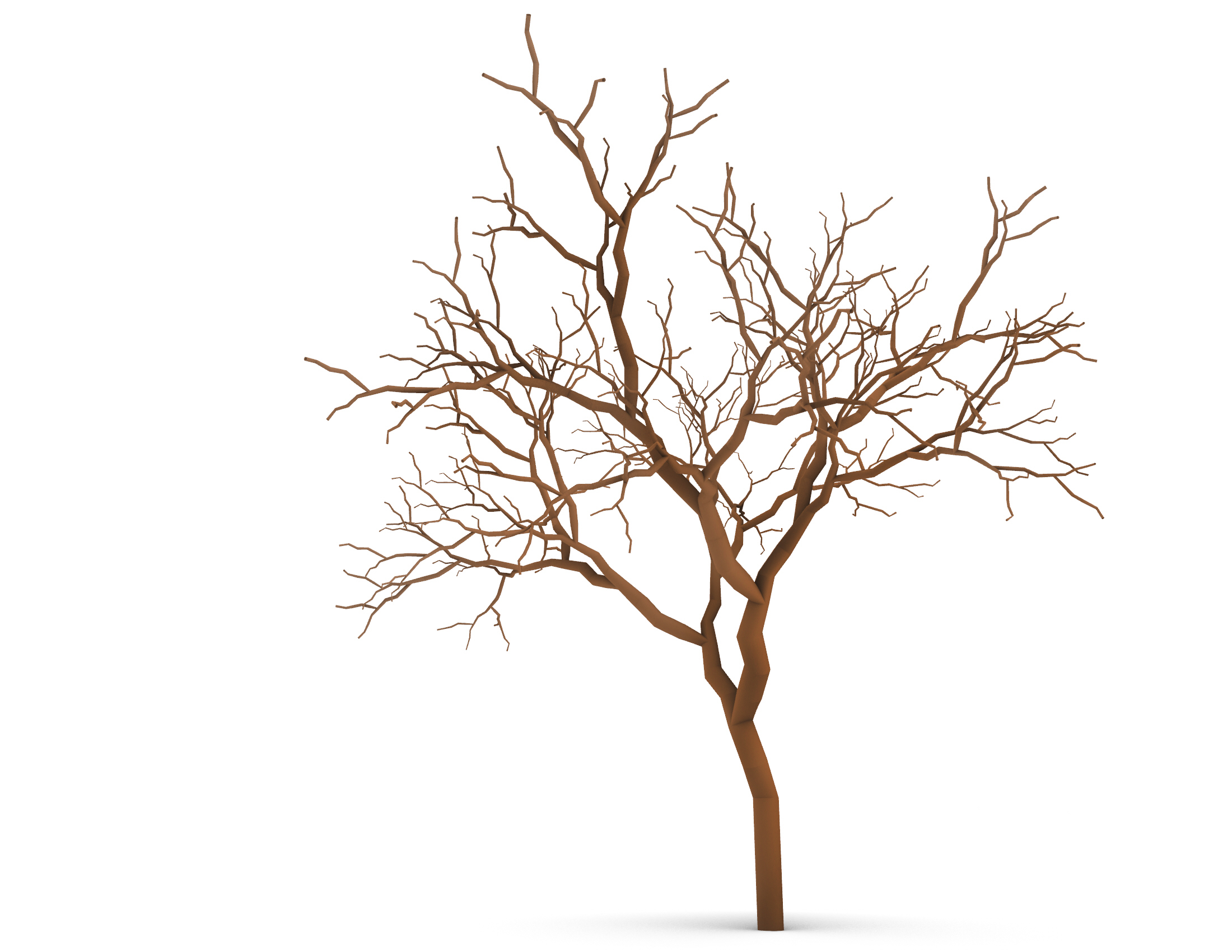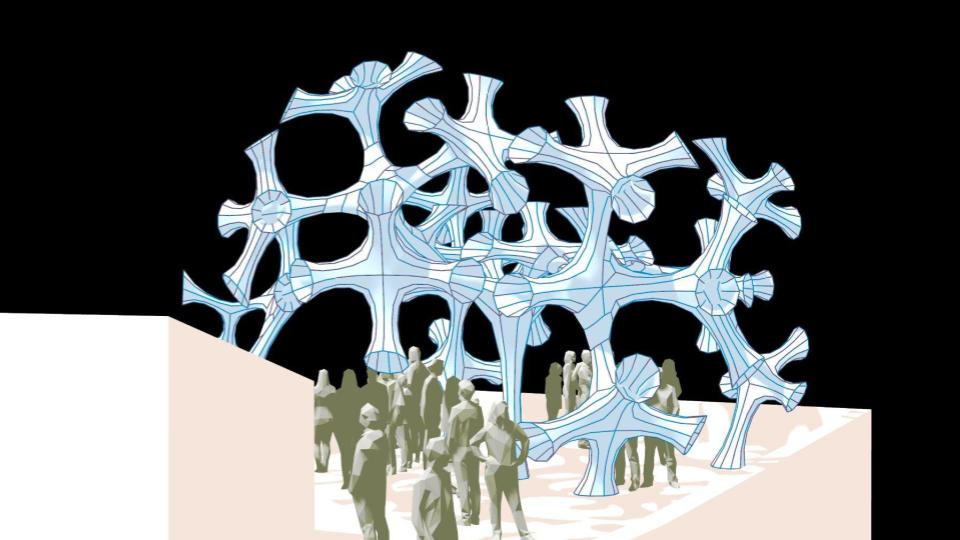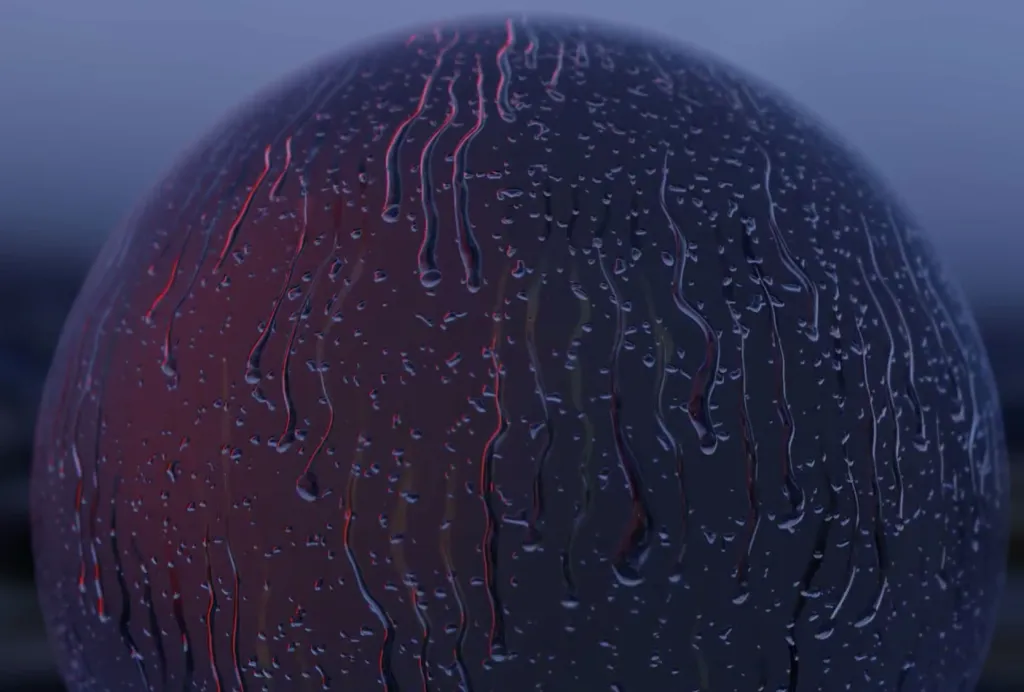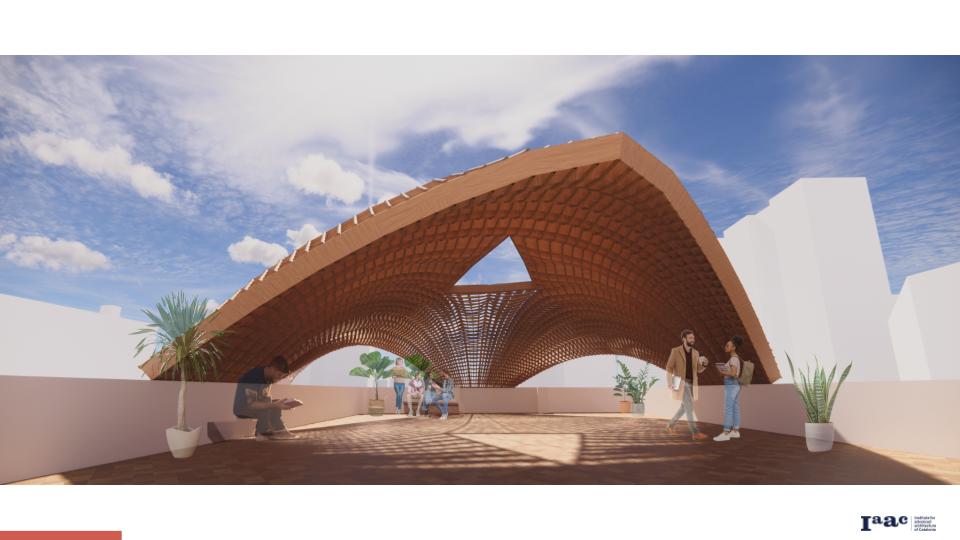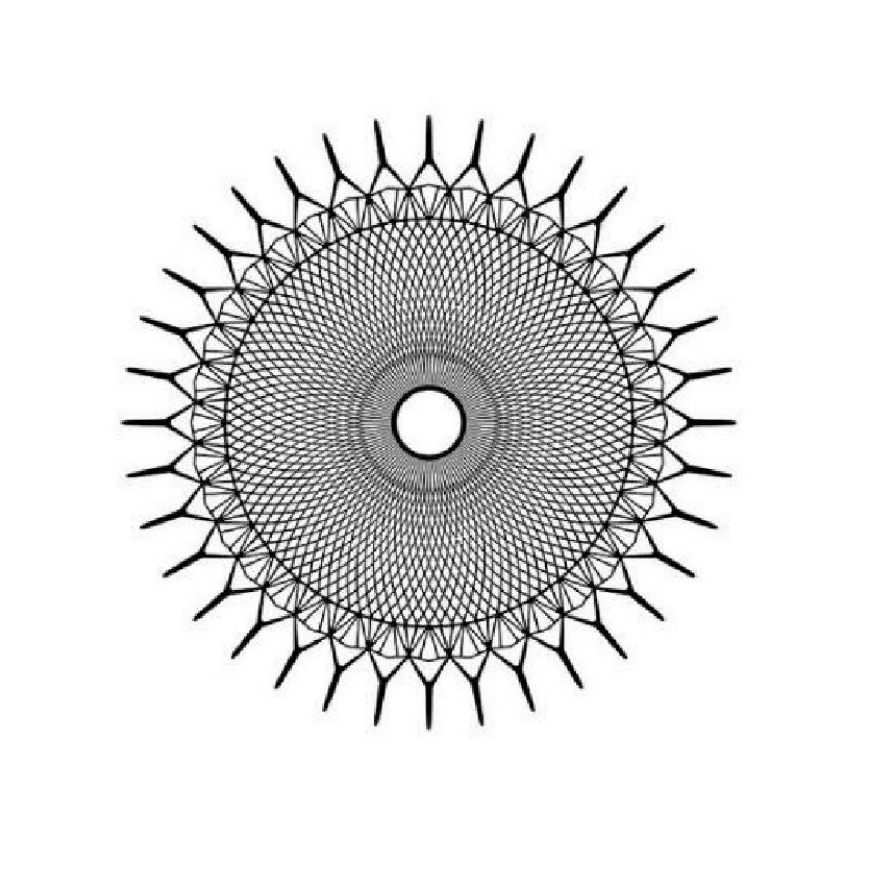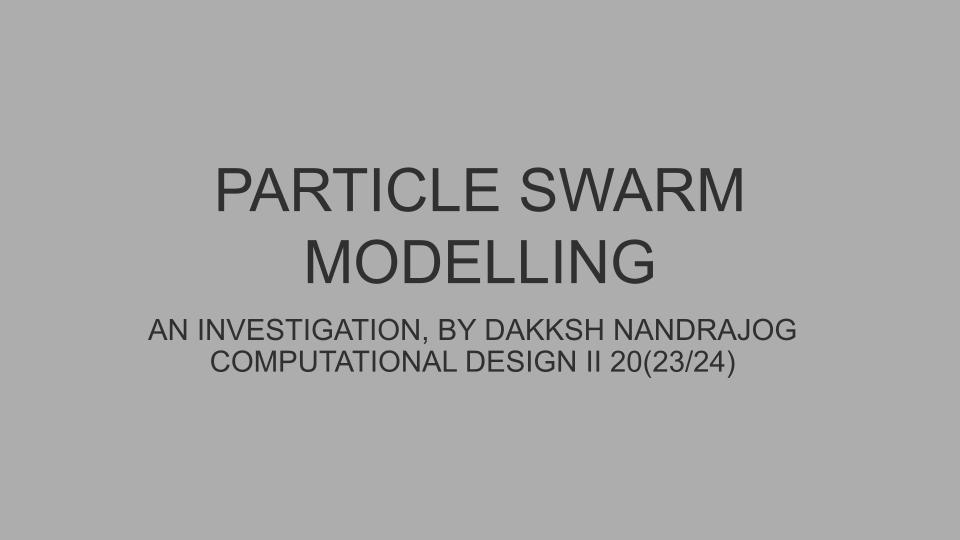Growth on butterfly wings.
The wings of a butterfly are membranous with veins running longitudinally from the base (where the wings are attached to the thorax) to the outer margins of the wings. The pattern and arrangement of these veins (wing venation) is an important diagnostic tool in the identification of butterflies. It is therefore important to understand the … Read more

